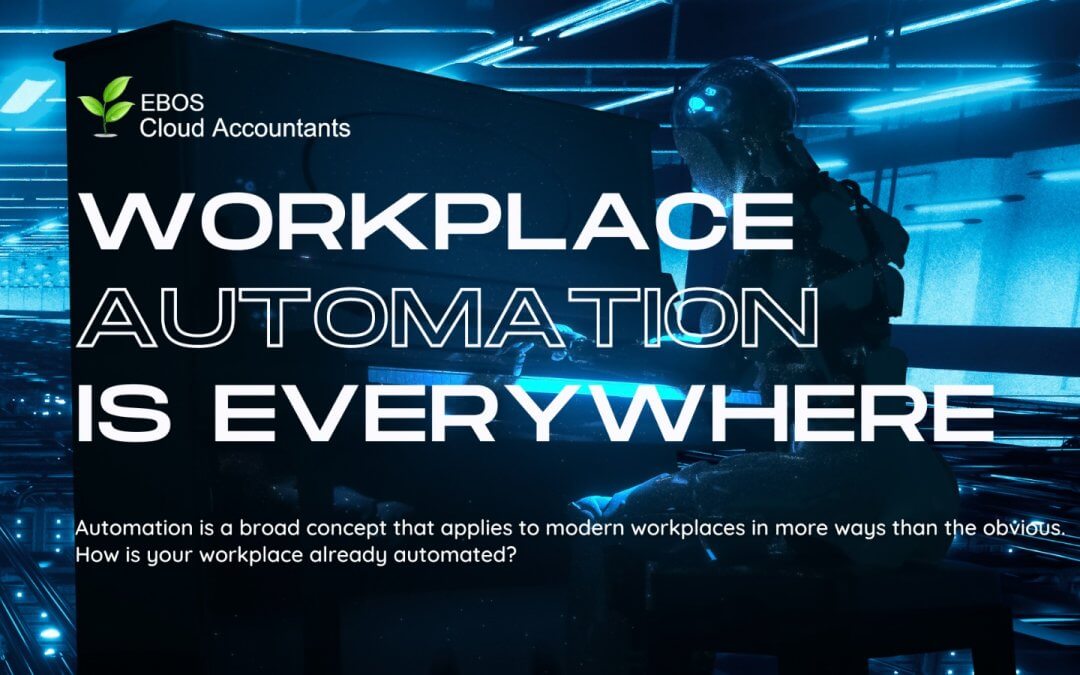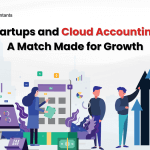Have you heard of the term “workplace automation”? Automation, as we know, is the development and application of technologies to produce and deliver goods and services with minimal human intervention. The use of automation technologies, techniques, and processes increases the efficiency, reliability, and/or speed of many previously performed by humans. Automation is now used in a variety of industries, including manufacturing, transportation, utilities, defense, facilities, operations, and, more recently, information technology. So, how can automation be applied in the workplace?
There is a widespread misconception that automation entails towering robotics, but it can be as simple as a collection of tools housed within common business software programs. At its core, automation is the use of a system to perform repetitive and easily replicated tasks without the use of human labour. Many people believe that automation necessitates costly servers and a team of experts to maintain them. This was a prohibitively expensive measure for many small businesses, putting automation out of reach. However, with the development of cloud-based platforms, automation tools are now available to even the smallest businesses.
Employees are freed up for tasks that are more valuable than those that can be completed by machines when repetitive business processes are automated. More advanced forms of automation, such as machine learning, can now be used to complete higher-order tasks that require a little more adaptability. Because of their ability to learn over time, these software programs can sift through massive amounts of data quickly and effectively before contextualizing that information in a useful way to support internal decision-making.
These are some of the ways in which workplace automation is already being adopted by forward-thinking companies:
- Email marketing
Many small business owners already use email marketing as a form of automation. Companies such as Zoho and Constant Contact provide software that allows users to customize the parameters of their email marketing campaign and then schedule it to run automatically. When a contact is added to the software, an introductory email can be uploaded and sent. The software is set up to send a follow-up email a few days later, but only to those who opened the first one.
- Talent acquisition and hiring
Automation of machine learning is making inroads into talent acquisition and employee recruitment. Automating processes such as tracking down potential candidates and scheduling interviews frees up time for employees to determine who is the best fit for their organization. Hiring the right people can be difficult; as a result, more companies are using recruitment systems, increasing their reliance on AI to match the right people to the right team for the right projects.
- Customer service
With the introduction of tools such as chatbots and automated text message marketing solutions, customer service departments are also getting an automation makeover. These consumer-facing tools automate typical customer service interactions by responding to frequently asked questions immediately. They only refer customers to a representative if the chatbot is unable to meet their needs. According to Chatbots Magazine, a chatbot could handle up to 80% of customer service interactions, giving businesses the opportunity to significantly reduce costs associated with traditional customer service.
- Sales
A trained salesperson will never be able to take a client out for coffee or negotiate a deal as effectively as an algorithm. However, because approximately one-third of all sales tasks can be automated, automation can free up time for these human-centric interactions. Searching leads (predicting when customers might benefit from being contacted), invoicing (checking credit and invoicing new and existing clients), processing orders (order processing, stock management, and upselling queries), tracking shipments (dispatch, delivery, and return notifications; payment and refund acknowledgments), and managing clients (account management, including regular check-in emails) are all examples of tasks that can be automated.
- Human resources
Given the predictable and repetitive nature of HR duties such as payroll and timesheets, digitization has the potential to transform a department’s efficiency. It is possible to automate performance management, paid holidays, and absenteeism record keeping by reducing mistakes caused by human error, such as an HR employee forgetting to update submitted timesheets. Software can raise alerts when quotas are met or exceeded, while keeping accurate records up to date in real time. There are even utilities that use Google forms to automate onboarding, such as prewritten emails, event scheduling, and the distribution of training materials.
The bottom line of business process automation is, ironically, the bottom line. Process automation saves time and allows resources to be diverted elsewhere. It means that businesses can remain smaller and more agile. Increased efficiency, productivity, and lower costs all lead to higher profit margins for businesses of all sizes. The extent to which automation transforms the economy as a whole remains to be seen, but it appears inevitable that we will see more automation in the future. What this means for businesses, workers, and consumers will be hotly debated in the coming months. But one thing is certain: if it can be automated, it will be.







